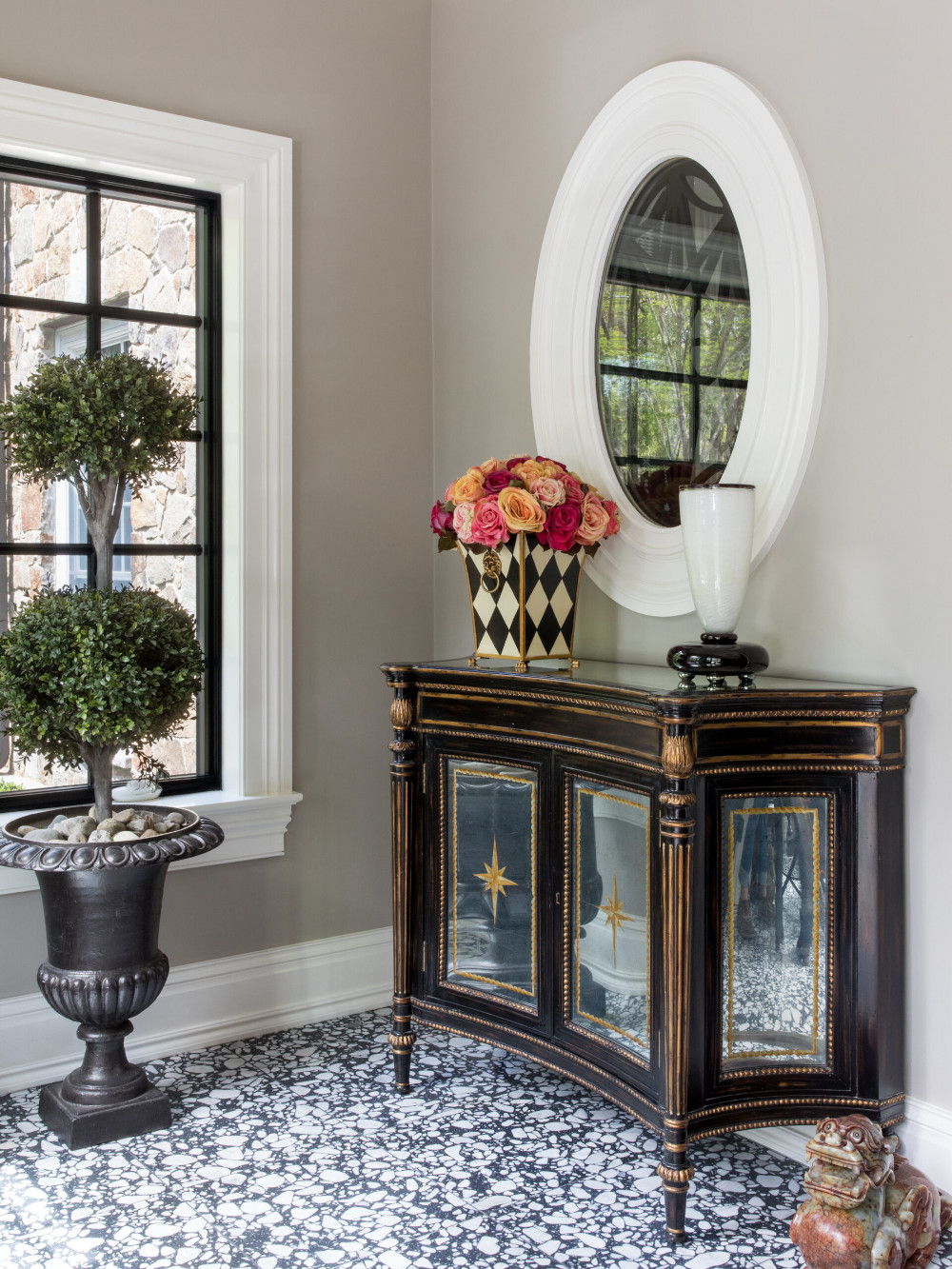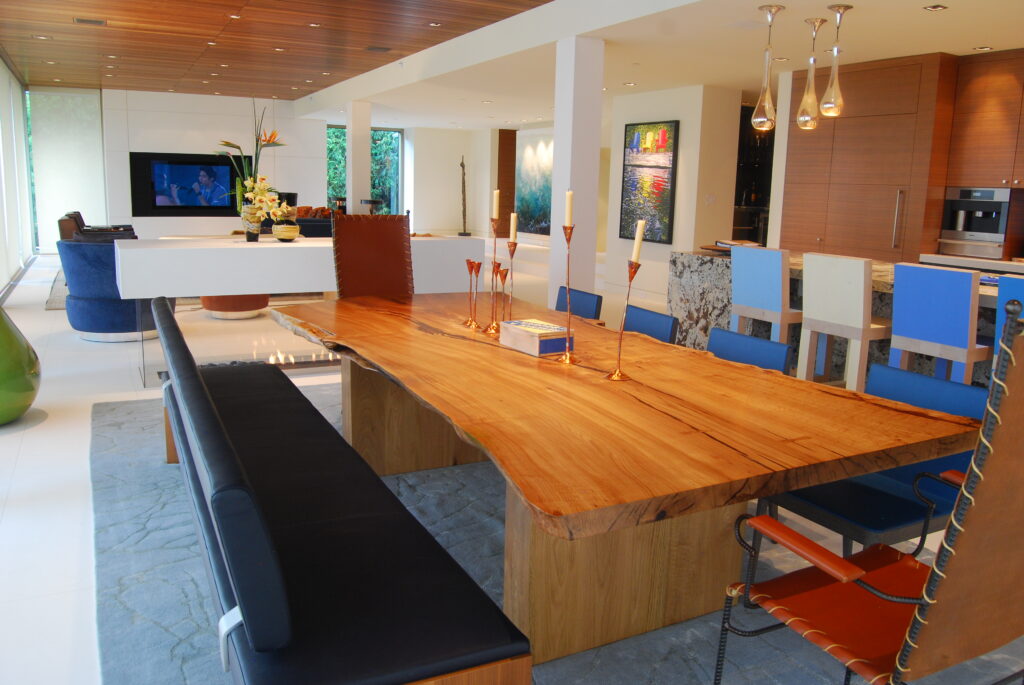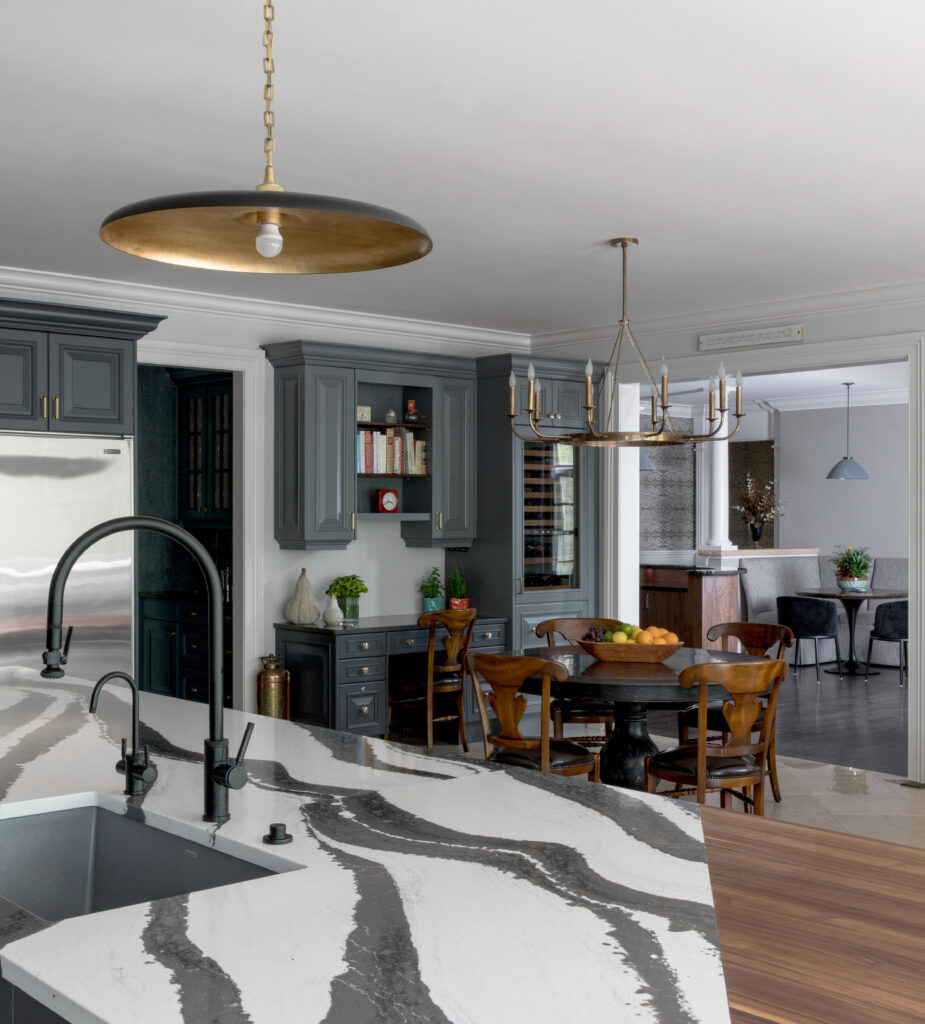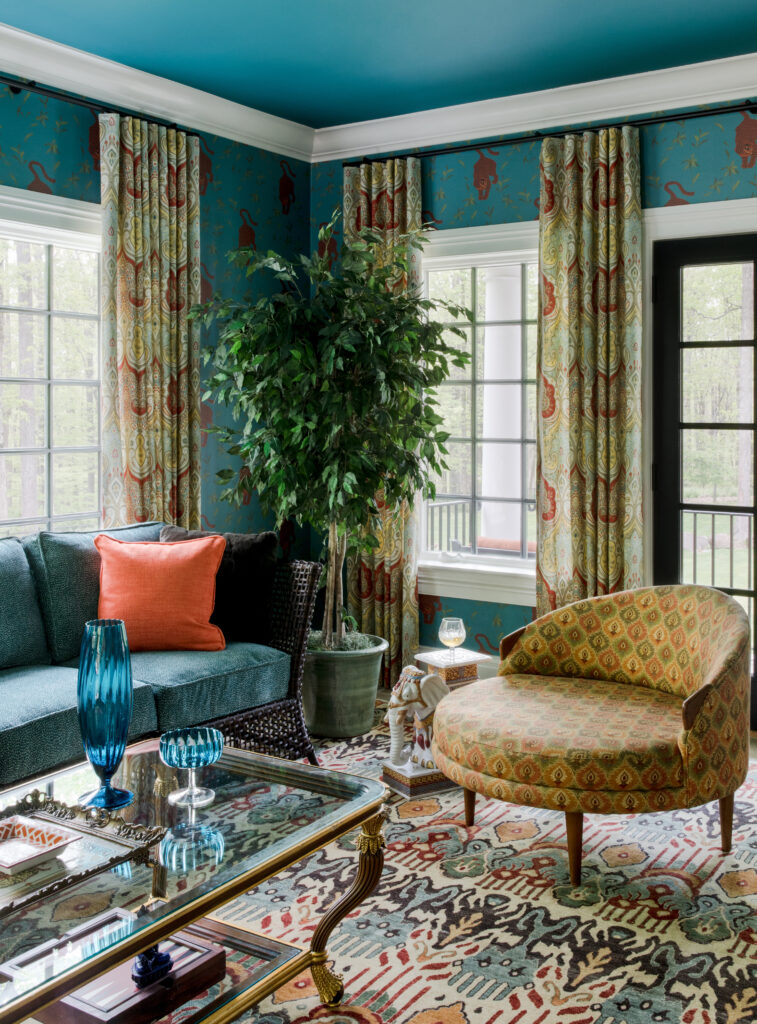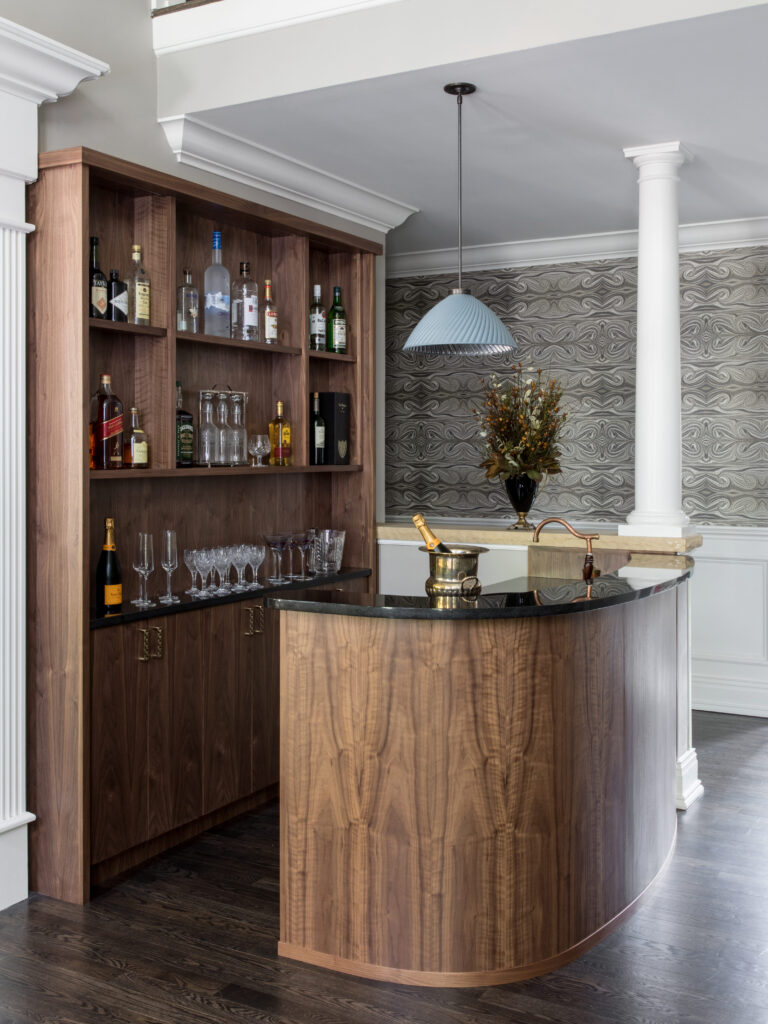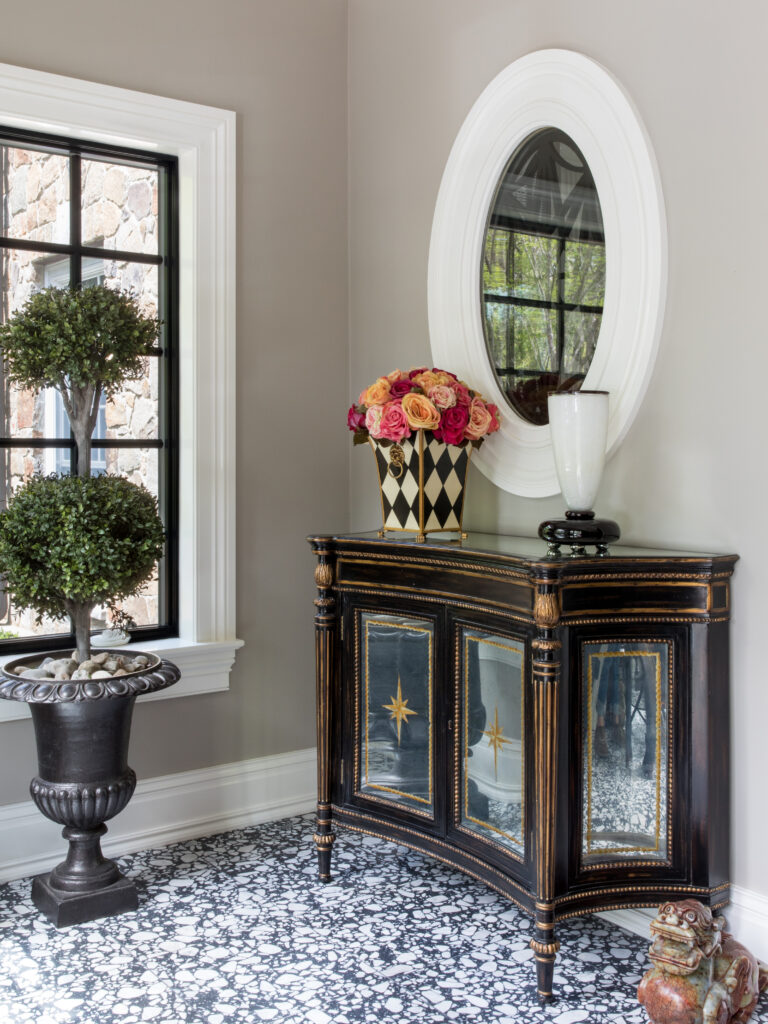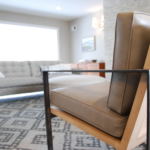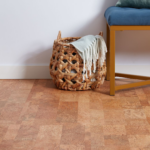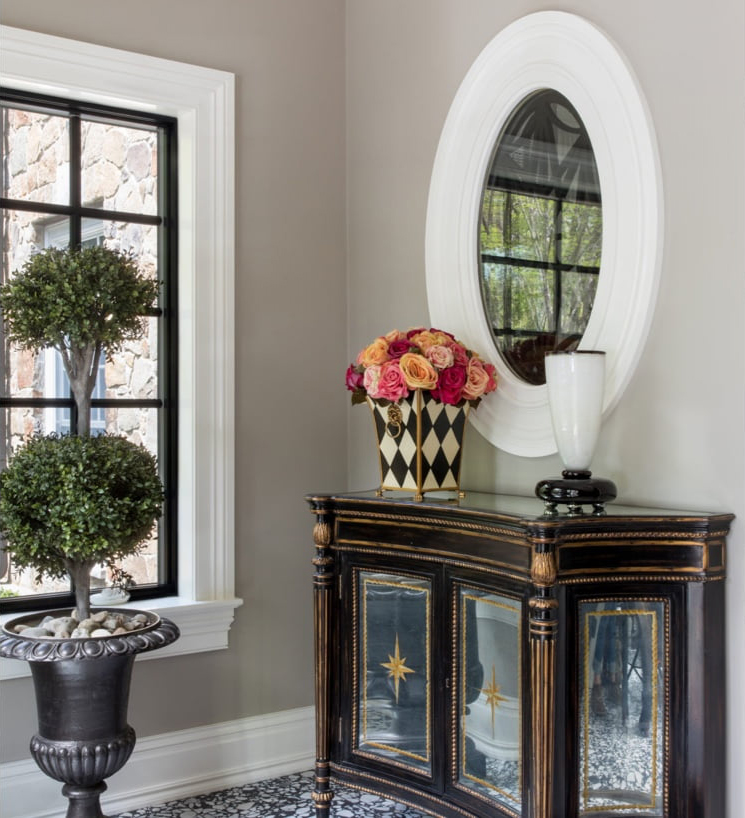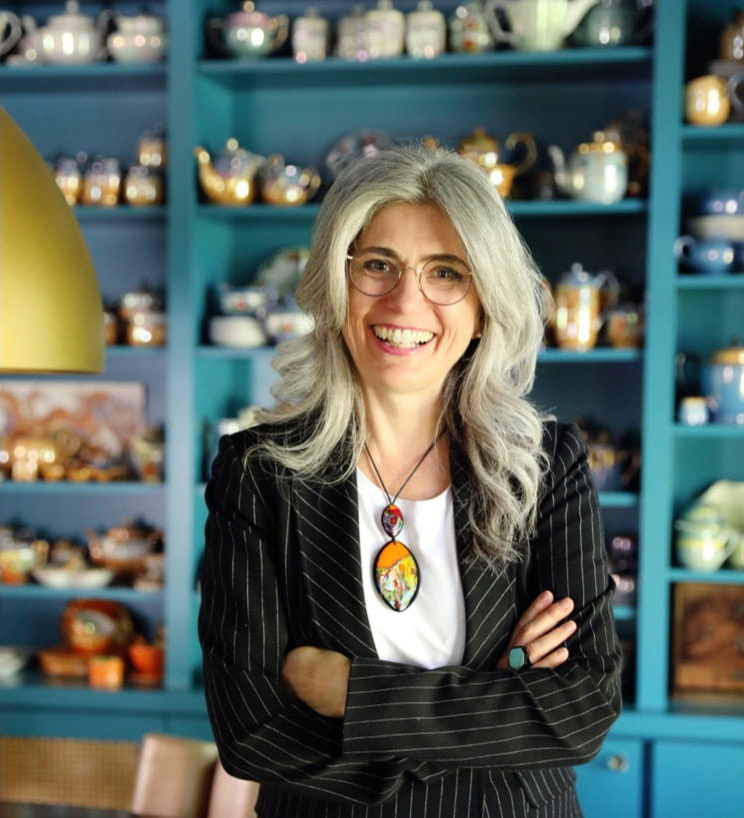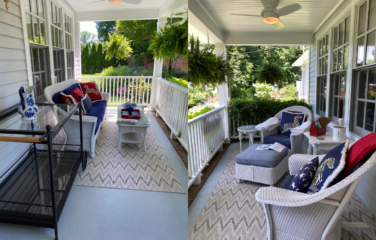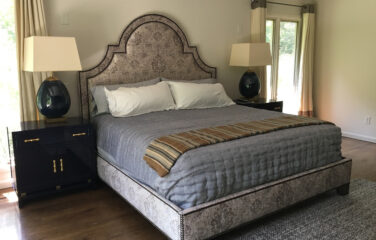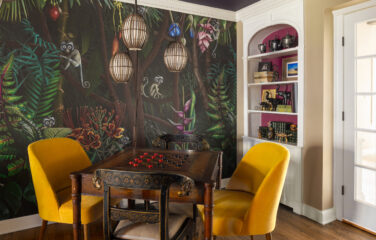As veganism rises in popularity in the food and clothing industries, it’s time to consider how we can incorporate it into our homes.
As a vegan interior designer, I research options that replicate animal products’ look and feel. You can choose how you want to spend your money; having choices is luxurious. You can choose to incorporate kindness into your home.
What are the significant benefits of using vegan materials? Are they more expensive than non-vegan materials? What are vegan materials made from? I’m here to help you answer these questions and learn more about common vegan materials to use in your home.
Why is it essential to use vegan materials?
We can break down the significant benefits of vegan materials into three categories: ethics, health, and sustainability. Using vegan materials promotes a better life for yourself and the world around you.
ETHICS
Vegan materials reflect cruelty-free values. Billions of animals are killed yearly for their body parts; by choosing vegan products, you choose a more ethical and humane lifestyle. Using vegan materials also supports the agency of factory farm workers who experience dangerous conditions and a traumatic work environment. In the United States, virtually all factory farm workers are low-wealth, people of color, refugees, and undocumented immigrants. By using vegan products, you are deciding not to support exploitative industries like factory farms.
HEALTH
Our environment affects our health. Surrounding yourself with cruelty-free materials will reduce stress and make you happier and more fulfilled overall. Wouldn’t you feel better knowing that the couch you were sitting on is made using a cruelty-free process? What about your bed sheets, pillows, and duvets? Vegan materials promote a less emotionally toxic home environment and will make you feel happier and healthier. Bring positive and life-filled energy into your home.
SUSTAINABILITY
Lastly, many vegan materials don’t require the same amount of resources as animal products. While some aspects of vegan interior design aren’t the most sustainable, the production does not rely on taking other beings’ lives. Vegan interior design also considers reusing and repurposing old furniture and materials to practice sustainability.
Are they more expensive than non-vegan materials?
Yes, vegan alternatives can be more expensive due to scarcity. But overall, because of the longevity and durability of the products, the cost is worth it. Throwing away cheap products will cost you more in the long run, so it is worth investing in higher quality and sustainable vegan materials.
Where are animal products commonly used in homes?
There are animal products all over your home, and you may not realize that they are there. For example, down is often used to fill pillows and duvets. Wool is found in carpets, leather is used to make upholstery goods, and silk is used to make fabric and window treatments. Shell, horn, and bone are also common decorative accents on furniture.
What can I use instead?
Luckily there are many vegan alternatives you can use in your home. For example, consider purchasing products made from rayon, nylon, bamboo, hemp, or organic cotton. These products are versatile, customizable, and durable while having more ethical benefits. The production of organic cotton, for example, reduces water pollution by 98% compared to conventional cotton. Likewise, hemp produces zero waste since every part of the hemp plant is used in some way.
Instead of the leather used to make upholstery goods, consider investing in innovative vegan leather, such as piñatex. Piñatex is the patented name for pineapple leather – it is made from pineapple leaf fibres and requires no additional resources in its production. It’s also biodegradable!
In place of silk, consider linen or Tencel products! Linen is completely biodegradable when dyed with natural products. It’s versatile, breathable, hypoallergenic, and comes in various colors! Linen is used for bed sheets, mattress covers, curtains, blankets, and towels. Tencel is a cellulose fiber made from the pulp of eucalyptus trees. It is a light, breathable fabric that is found in bed linens.
So, are you ready for your home’s transformation?
Choosing suitable vegan materials can be tricky, so consider hiring a vegan interior designer to help you choose the products. You do not need to sacrifice style or comfort by using vegan interior design – vegan materials will give you the exact look and feel that you want. Also, the more you demand these vegan products, the more common they will become in the interior design industry. Vegan options are growing exponentially, and it’s never too late to invest in those products to create your dream vegan home.


